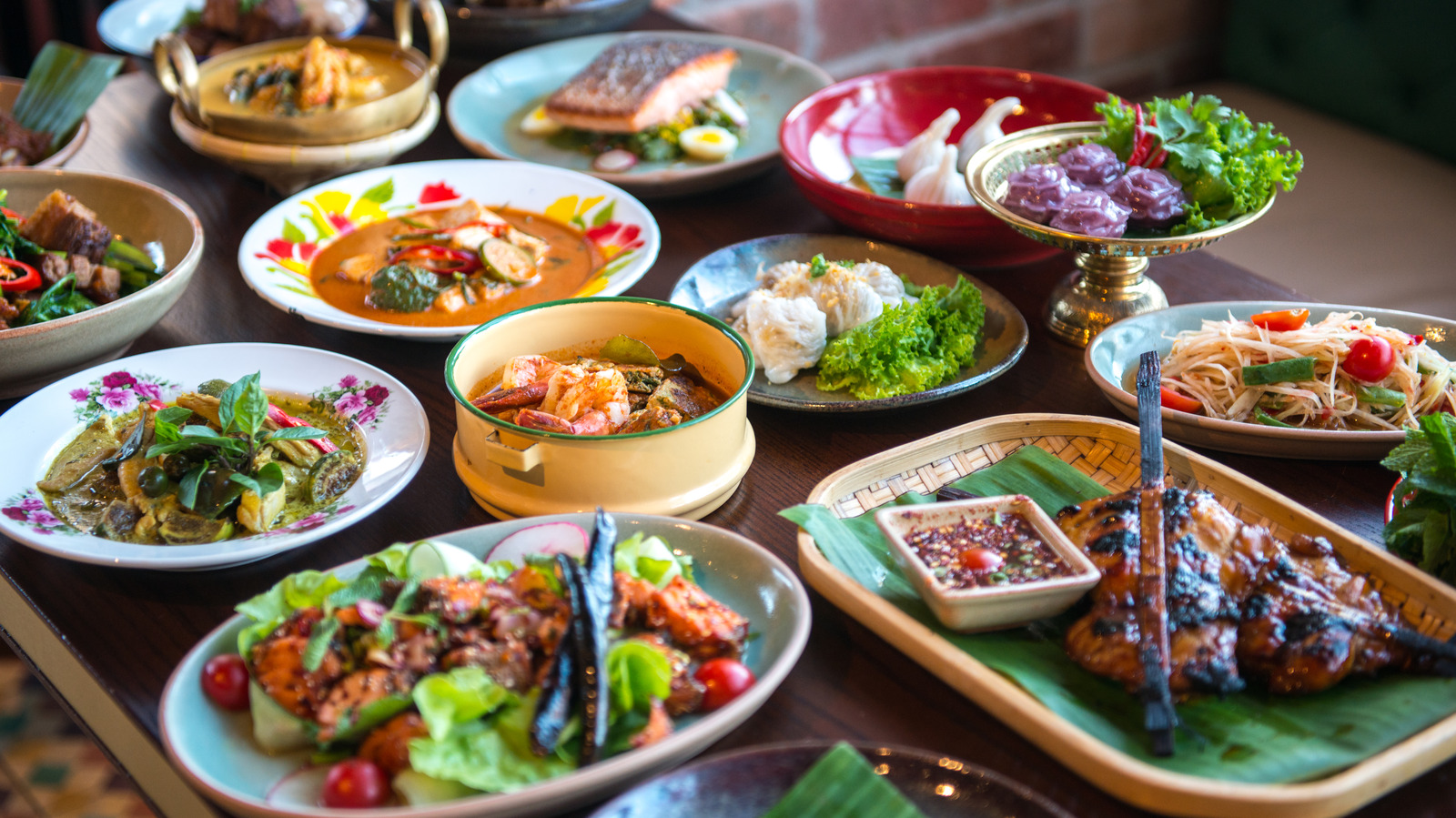Over the past few decades, Thai cuisine has journeyed far beyond its borders, capturing the hearts and palates of food enthusiasts worldwide. Known for its bold flavors, aromatic herbs, and striking balance of sweet, sour, salty, and spicy, Thai food has become a global culinary phenomenon. In this article, we will explore the remarkable journey of Thai cuisine as it has expanded and evolved to reach every corner of the globe.
Traditional Thai Cuisine: A Gourmet Treasure
Thai cuisine’s roots are deeply embedded in the rich cultural heritage of Thailand. Traditional Thai dishes showcase a wide range of flavors and ingredients, including lemongrass, galangal, coconut milk, and a variety of herbs and spices. The four fundamental taste sensations of sweet, sour, salty, and spicy are masterfully combined to create dishes that are both harmonious and exciting to the palate.
The Rise of Thai Restaurants Abroad
The global proliferation of Thai cuisine can be traced back to the mid-20th century when Thai restaurants began to sprout in major international cities. Thai immigrants, chefs, and entrepreneurs, eager to share the flavors of their homeland, played a pivotal role in introducing the world to Thai food.
One of the earliest Thai restaurants outside of Thailand opened in Los Angeles in the 1960s. The establishment of these initial restaurants served as a culinary bridge, enticing curious diners with dishes like Pad Thai, Green Curry, and Tom Yum Soup.
The Thai Government’s Role
The Thai government recognized the potential of Thai cuisine as a global culinary ambassador. The “Global Thai” campaign, initiated in the early 2000s, sought to promote Thai food and ingredients worldwide. The campaign provided training, support, and resources to Thai chefs and restaurateurs operating abroad, ensuring the authenticity and quality of Thai cuisine outside Thailand.
Street Food Phenomenon
One of the driving forces behind the global expansion of Thai food has been the worldwide popularity of Thai street food. Iconic dishes like Pad Thai, Som Tum (green papaya salad), and Satay skewers are not only delicious but also convenient, making them ideal for street vendors and food trucks. Thai street food festivals and markets have become ubiquitous in cities around the world, offering a taste of Thailand’s vibrant culinary scene to locals and tourists alike.
Adaptation and Fusion
As Thai cuisine gained popularity worldwide, it underwent adaptations and fusions to suit local tastes and ingredients. Thai restaurants in different countries often incorporate local produce and culinary traditions, resulting in unique regional variations of Thai dishes. This fusion has contributed to the diversity of global Thai cuisine, expanding its appeal even further.
Health and Wellness
The growing global interest in health and wellness has also propelled the popularity of Thai food. Thai cuisine often features fresh ingredients, lean proteins, and a harmonious balance of flavors. Dishes like Thai salads and stir-fries have earned a reputation as healthy choices, attracting health-conscious diners.
